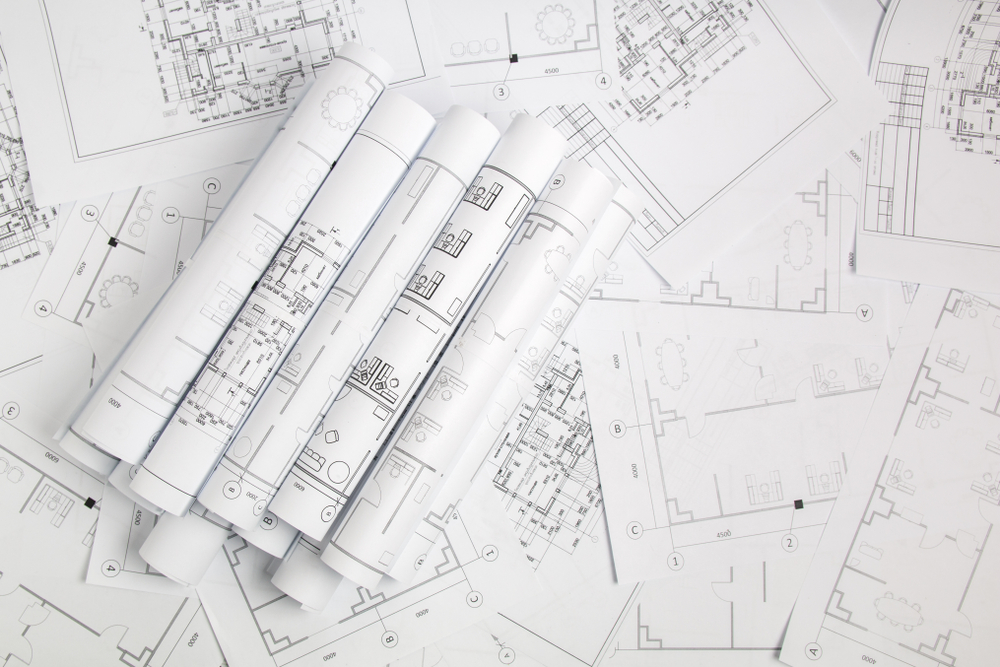
Globally, design-build is a popular contracting technique. This contract combines project delivery, also known as design and construction, under a single contract.
The Design-Build method is easy to use. A team does not have an "I." The Design-Build methodology is not intended for singular use. It is a team of colleagues working together to accomplish a common objective. Without your teammates, no matter how amazing you are, you cannot win the championship game.
This also holds for Design-Build. Without your team, it won't be easy to finish any high-quality project on schedule or within your allocated budget. Comparing design-build to other contracting techniques saves time. This lessens the likelihood of the owner being involved in a legal dispute between the builder and the designer.
When Are Design-Build Contracts Suitable To Use?
When there is a chance for the proprietor or agency to save time by starting construction before the final design is finished, design-build is appropriate.
In contrast, the owner contacts the builder and the designer independently under the typical design-bid-build procedure, and the design must be finished before the owner requests construction bids.

Design-build project delivery may save an owner both time and cash by combining both project delivery facets into one contract.
Business projects that need to expedite in order to maximize return on investment sooner are ideal for design-build projects.
Qualities Of A Design-Build Contract
Said design-build contracts consist of a single contract. Other common forms of building contracts consist of two or more contracts.
The best way to characterize design-build is as "sole-source" or "single-source" contracting. The proprietor works with only one party, usually the contractor, for negotiation or approval if there is an issue or alteration with either the plan or the construction.

Different Approaches To The Design-Build Idea
The following are a few changes to the typical design-build contract:
Bridging: At a 30% to 50% level, the owner creates an initial project design.
Turnkey: When a project is finished, the owner permits the entity to hand over the keys after requesting outside assistance.
Design-Build-Warranty (D-B-W): This approach combines design-build with a warranty clause.
Design-Build-Maintain (D-B-M): Integrates design-build and maintenance requirements.
Privatization: For a toll or charge, a private entity plans, constructs, and maintains a portion of a road.
Benefits Of Design-Build Contracts

Due to the possible consequences to their reputation and future business prospects, the design-builder has an excellent reason to complete the project successfully. The interest frequently results in improved attention to detail, efficient problem-solving, and on-time project completion. Design-build contracts have the following possible advantages:
- Shorter design time
- Basic construction blueprints
- Throughout the project, keep the value engineering alternatives up for debate and study.
- Brief construction schedule Single point of contact for all communications
- Reduced need for change orders
- Fast timetables
- More readily adjusted designs to the real site circumstances
- Discovers long-lead products sooner
The Accountability Of The Builder
Every aspect of the project, including the level of the design, the final product's appearance, the overall cost, and the speed at which construction may be finished, is under the control of one organization: the design-builder.
There is far greater attention to detail, especially designing to the goal budget, regular estimate updates, and layout constructibility checks, when the same group that plans the project also builds it.
Early on in the process, the expenses of every component of the project are considered. This covers all design expenses, projected building costs, and projections on the state of the market. The estimate of costs will be updated and altered in real-time by the design-builder as the design evolves and is revised. This enables regular review by the owner to explore further scope or reconsider an existing solution. At every stage, the design-builder shares all of the data with the owner in an open and transparent manner.

Hearing about circumstances involving design-bid-build or construction managers at risk in which the project's cost exceeds the estimate provided by the designer is not unusual. An additional instance would be if the construction manager needs to be consulted throughout the design phase.
As a result, the intended budget needs to be included. This leads to a great deal of stress during the project, which may end in debt or a postponed deadline. In the design-build industry, a circumstance like this is unacceptable. The primary goals of design-build are owner satisfaction and results.
Final Word
The Design-Build process is founded on shared leadership, trust, cooperation, and ideation. Every job calls for patience, hard work, and attention to detail.
Design-build contracts facilitate the owners' ability to maintain a consistent focus on their projects while working in conjunction with experts. Design-build contracts strive to improve project delivery, efficiency, and collaboration by merging the design and building phases of a project. These contracts' accountability to the builder is essential to project success because it encourages proactive problem-solving, risk management, and a dedication to quality. Owners can reap the benefits of a more efficient process and increased accountability from the builder by adopting design-build approaches, which will ultimately result in successful project outcomes.










تعليقات (0)
اترك تعليقا